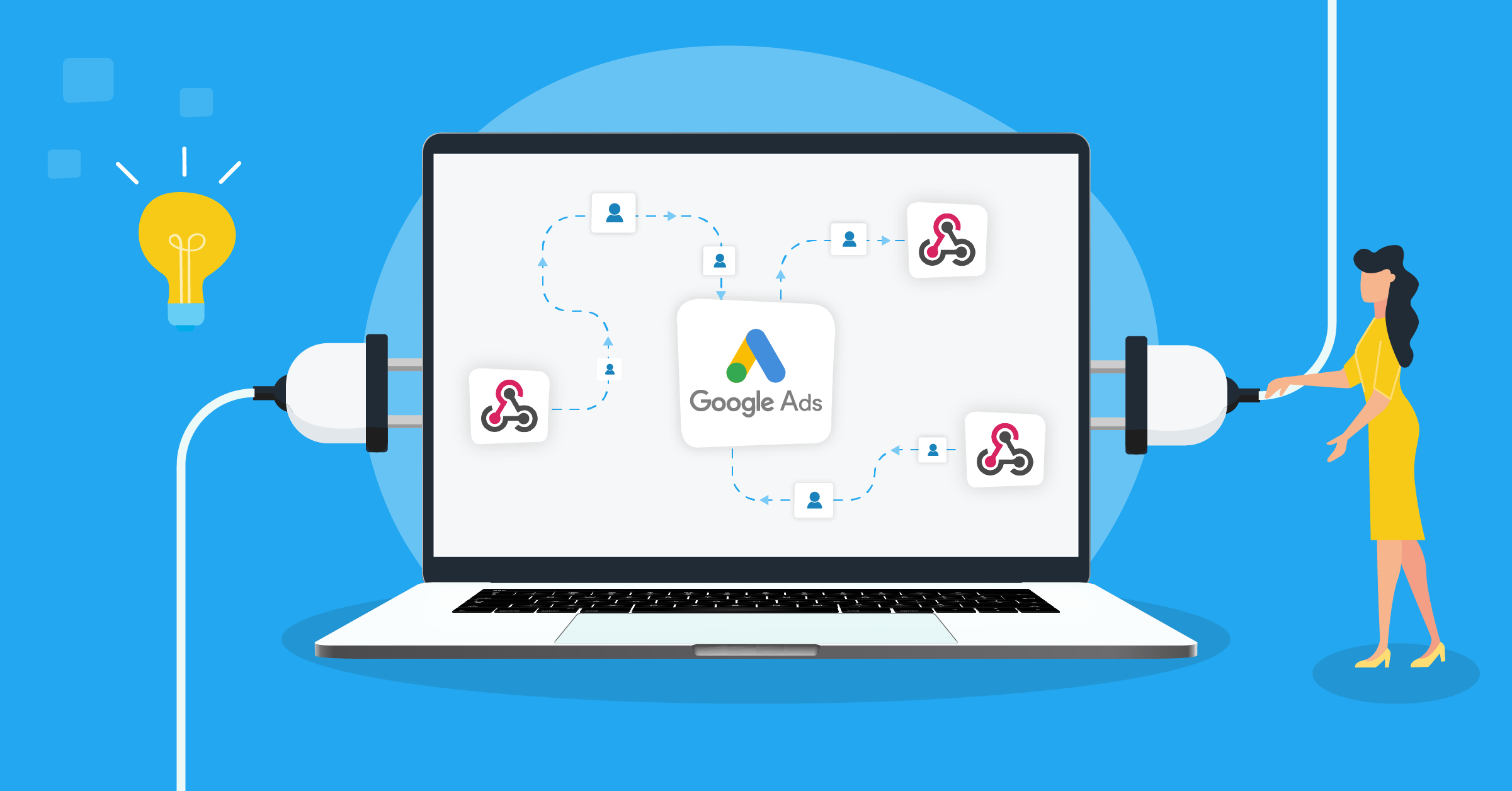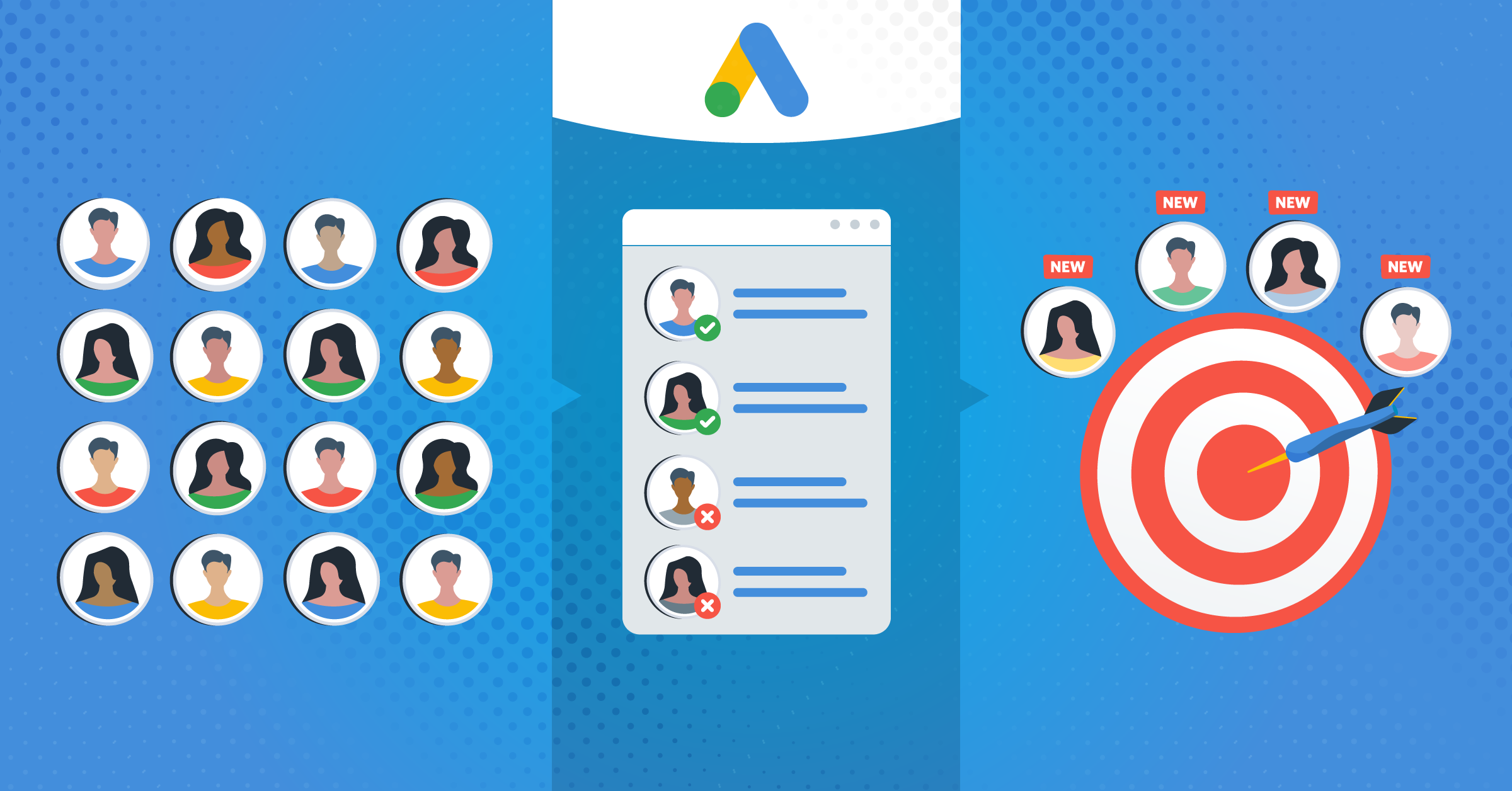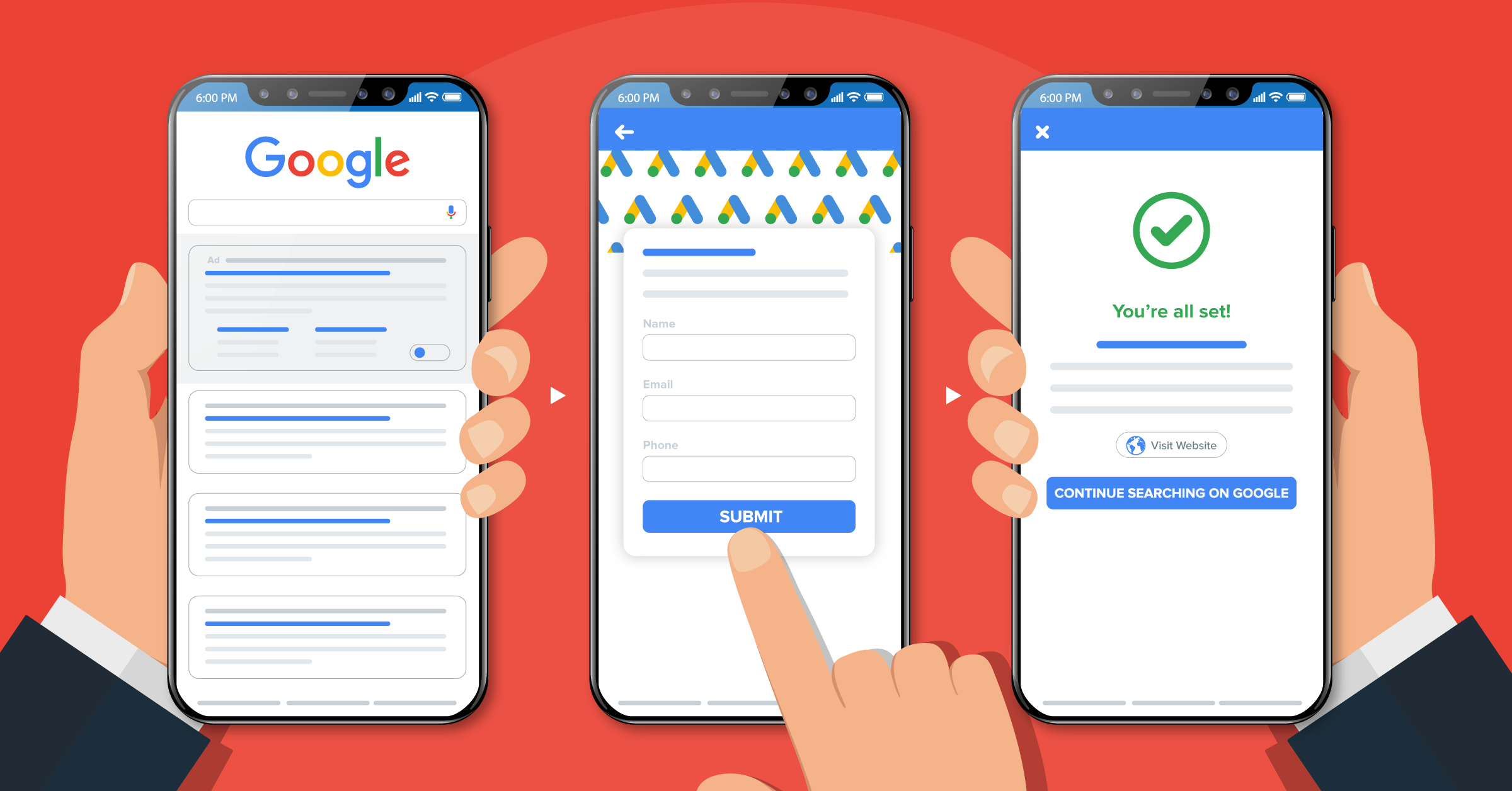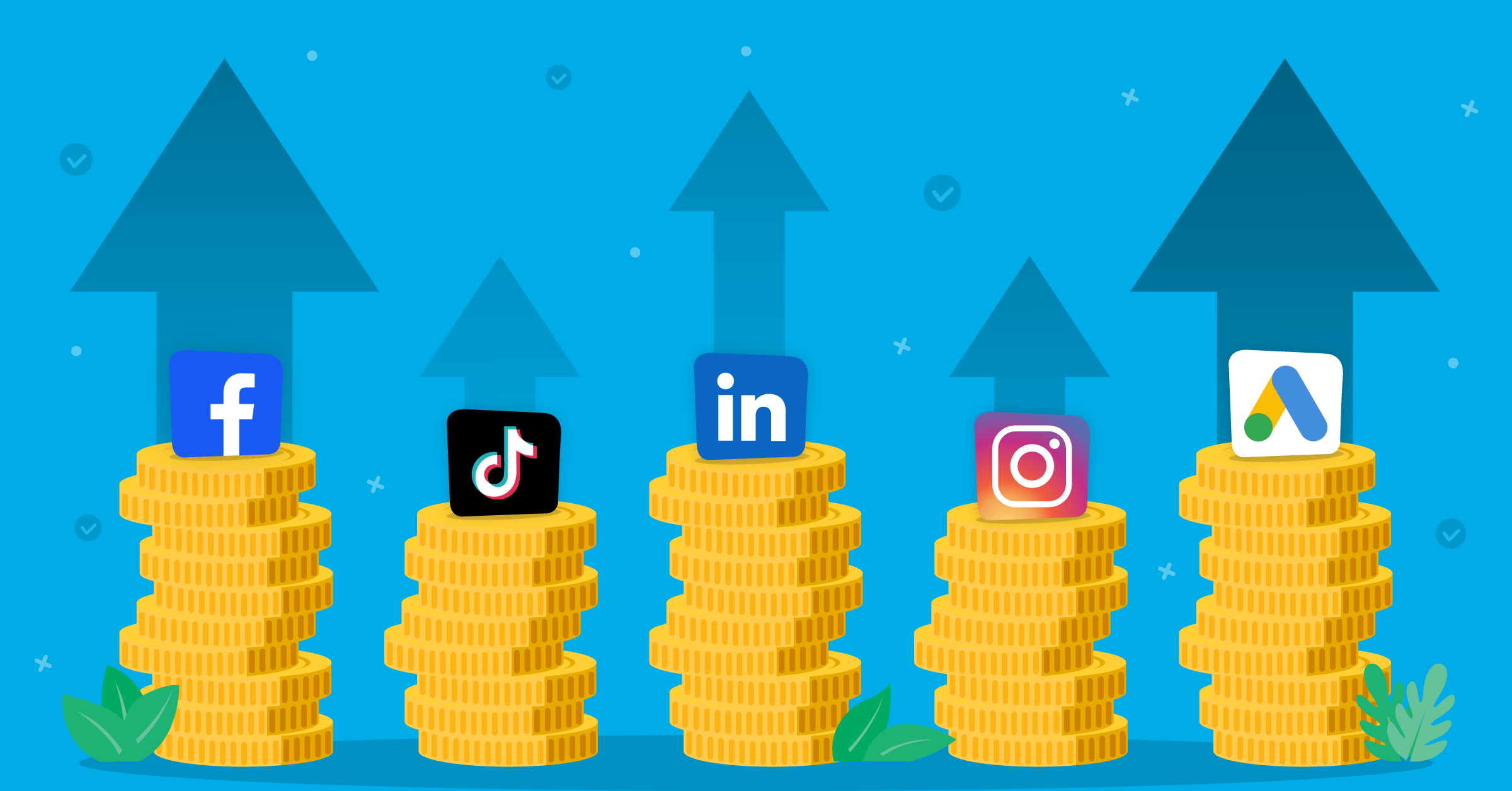
In the fast-paced world of digital marketing, staying ahead of the curve requires seamless integration of tools and platforms. For marketers and developers looking to enhance their lead generation efforts, Google lead form extensions offer a powerful solution.
When coupled with webhook integrations, these extensions become even more potent, allowing you to streamline the capture and management of valuable leads. In this comprehensive guide, we’ll walk you through the process of setting up Google lead form extension webhook integrations and show you how LeadsBridge can optimize the entire process.
Understanding Google lead form extensions
Before we delve into the integration aspect, let’s briefly understand what Google lead form extensions are. These extensions are a feature within Google Ads that enables advertisers to collect valuable leads directly from their ads. When users engage with your ad and express interest, they’re presented with a pre-filled form containing their Google profile information. This streamlined experience encourages higher conversion rates and reduces friction in the lead capture process.
Unveiling the webhook concept
Now that we have a grasp of Google lead form extensions, let’s demystify the concept of webhooks. At its core, a webhook is a method of communication used by applications to send real-time data to other applications or servers. It acts as a bridge between different systems, allowing instant data transfer without manual intervention. When an event occurs in one system, a webhook triggers the transmission of information to another system’s designated endpoint.
Webhooks operate on a simple mechanism: an event occurs, a notification is sent via HTTP POST to a specified URL, and the receiving system processes the data. This seamless flow of data enables rapid response and automation, making it an ideal tool for lead generation and management.
Setting up a webhook integration for Google Ads lead forms
To leverage the power of webhooks with Google lead form extensions, follow these steps:
- Create a webhook endpoint: In your CRM or data management system, set up a webhook endpoint to receive the lead data from Google Ads. This endpoint is the URL where Google will send the lead information.
- Generate a webhook URL: Obtain a webhook URL from your CRM or system. This URL is unique to your integration and acts as the recipient of lead data.
- Configure Google Ads: Within your Google Ads account, navigate to the specific campaign where you’re using lead form extensions. Under “Extensions,” select “lead form extension.” Here, you’ll find an option to set up an “HTTP POST URL” – paste the webhook URL you generated here.
- Map fields: Associate the fields from your Google lead form with the fields in your CRM. This step ensures that the data sent through the webhook is correctly interpreted and stored.
- Test the integration: Test the integration by submitting a test lead through your lead form extension. Verify if the data is being successfully transmitted to your CRM through the webhook.
Leveraging LeadsBridge as a third-party integration
While setting up direct webhook integrations can be rewarding, there is a more efficient option available: third-party integration providers. LeadsBridge specializes in bridging the gap between various tools and systems, making the integration process smoother and more automated.
LeadsBridge offers a comprehensive solution for automating the transfer of lead form data from Google Ads to your CRM. With LeadsBridge, you can effortlessly set up connections, map fields, and ensure data consistency. This approach not only saves time but also reduces the risk of manual errors.
Benefits of Google lead form Extension webhook Integrations
1. Real-time data transfer: Webhooks facilitate instant data transfer, ensuring that leads are captured and sent to your CRM without delay. This real-time approach enhances your ability to respond promptly to prospects.
2. Efficiency and accuracy: By automating data transfer, you eliminate the need for manual entry, minimizing errors and freeing up resources for more strategic tasks.
3. Enhanced lead nurturing: Rapid data transfer allows for timely follow-up with leads, increasing the chances of successful conversion.
4. Seamless campaign optimization: Access to real-time data empowers you to optimize your campaigns based on accurate insights, improving overall performance.
Integrating Google lead form extensions with CRMs
Here are a few examples of how Google lead form extensions can be seamlessly integrated with various CRMs using webhooks:
Final thoughts
In the world of digital marketing, every second counts. Google lead form extensions, coupled with webhook integrations, offer a powerful solution for capturing and managing leads in real time. By following the steps outlined in this guide, marketers and developers can unlock the potential of instant data transfer, efficient lead nurturing, and seamless campaign optimization.
Whether you choose to set up direct webhook integrations or leverage third-party platforms like LeadsBridge, the result is the same: enhanced marketing performance and more meaningful interactions with your prospects. So, take the plunge and integrate Google lead form extensions with your CRM today to experience the future of lead generation.
Let LeadsBridge do the heavy lifting for you. Set up a bridge today!













